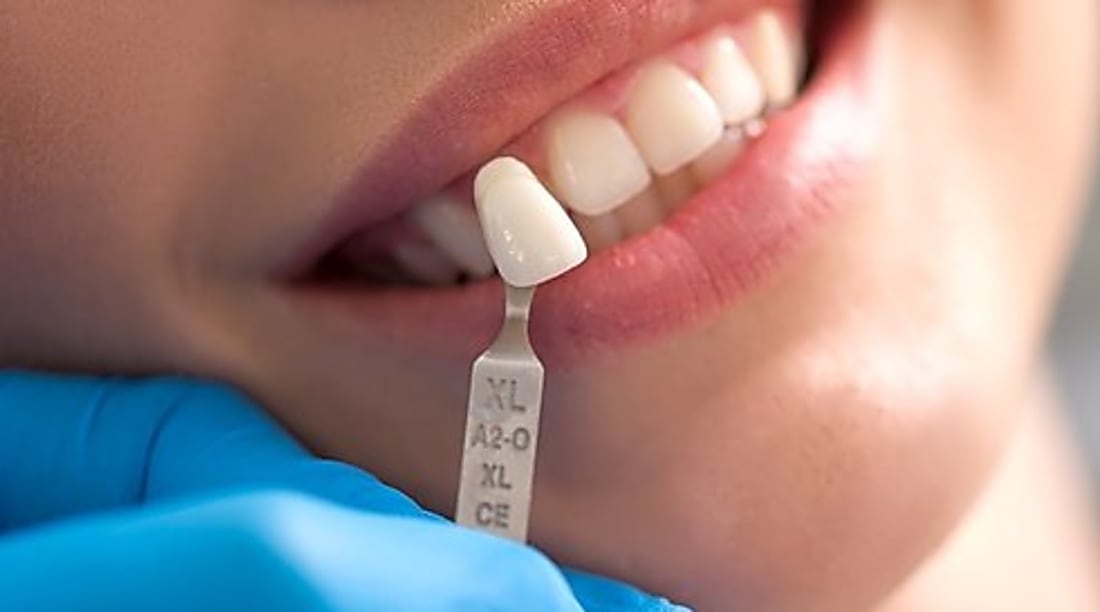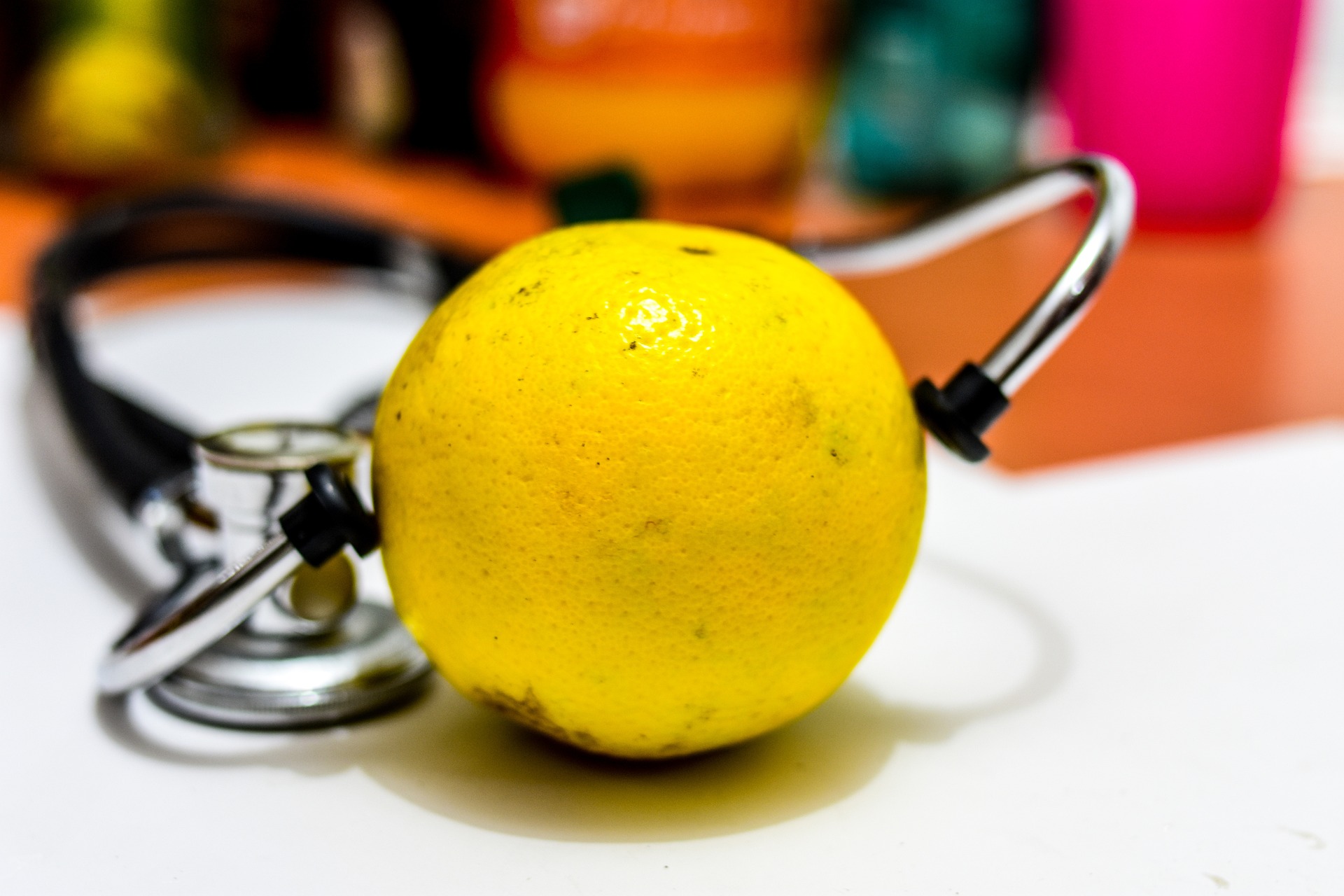Understanding Veneers and Clip‑In Options in the UK
Veneers can enhance the look of a smile, but not all options work the same way. This guide explains the differences between clip-in solutions and dentist-fitted veneers, who they may suit, how they are used day to day, and what to consider if you are looking for cosmetic improvements from local services in the UK.

Veneers are a broad category that includes both temporary cosmetic covers and permanent restorations placed by a dentist. In the UK, people often hear terms like clip in veneers, snap on teeth, instant veneers, and white teeth clip when searching for ways to improve the look of teeth quickly. Each option serves a different purpose, has different maintenance needs, and offers a different level of durability and realism. Understanding these differences helps you decide what aligns with your goals, whether that is a short term cosmetic boost for a special event or a longer term solution managed by a dental professional in your area.
This article is for informational purposes only and should not be considered medical advice. Please consult a qualified healthcare professional for personalized guidance and treatment.
Clip in veneers for missing teeth UK: what to know
Clip in veneers for missing teeth UK is a common search phrase, but it can be misleading. Clip in devices are cosmetic covers that sit over existing teeth; they do not replace teeth or restore chewing function. If one or more teeth are missing, a clip in appliance may camouflage gaps when smiling, yet it will not prevent bone loss or support bite forces. People considering these covers should ensure their gums and remaining teeth are healthy and that the appliance is custom fitted by a qualified provider. For longer term solutions to missing teeth, dentists typically discuss bridges, partial dentures, or implants, which address both appearance and function under professional supervision.
Clip in veneers: uses and limits
Clip in veneers are removable shells designed to mask discolouration, mild crowding, small chips, or gaps. They can be useful for photos, events, or as a non-invasive preview of a new smile. Because they are not bonded, they generally should not be worn while eating hard foods and may affect speech until you adapt. Hygiene is important; food debris and plaque can accumulate between the device and enamel if it is not cleaned as directed. Prolonged wear without breaks can irritate gums. A custom fit made using impressions taken under dental guidance tends to look more natural and feel more secure than one-size or purely self impression kits. Regular dental check ups support safe use.
Snap on teeth: how they work
Snap on teeth is another term for removable cosmetic veneers that clip over the front surfaces of your teeth. They are usually made of dental grade resin and rely on a snug fit rather than adhesive. A well designed appliance distributes pressure evenly and avoids impinging on the gums. Expect some bulk compared with natural teeth, which can make the smile look fuller. Colour selection matters; an ultra bright shade may appear artificial under natural light. If you grind your teeth or have active gum disease, your dentist may advise against wearing these devices until oral health is stabilised. Always store the appliance dry after cleaning to reduce odour and warping, and avoid hot water which can distort the fit.
Instant veneers at the dentist
Instant veneers typically refer to composite bonding placed chairside by a dentist in one visit. Unlike clip in or snap on teeth, these are bonded directly to enamel and can correct shape, close small gaps, and improve colour with a natural finish. Preparation is usually minimal, and the result can be revised or repaired over time. Composite veneers can last several years with proper care, though they may stain more readily than porcelain. Your dentist will assess bite, enamel thickness, and gum health before treatment, and may propose whitening or orthodontic adjustments first for a better outcome. Patients who want a permanent and highly aesthetic solution may consider porcelain veneers, which require more planning and are crafted by a dental laboratory.
White teeth clip: maintenance and care
White teeth clip is a casual phrase for removable cosmetic covers. Keeping them clean protects both the device and your mouth. Rinse after each wear, brush the appliance gently with a soft brush and non abrasive cleanser, and soak as recommended by the provider. Clean your natural teeth thoroughly before and after wearing the device to avoid trapping plaque. Limit coloured drinks while wearing removable veneers to reduce staining. If you notice sore spots, rough edges, or changes in fit, pause use and seek professional advice. Storing the clip in a ventilated case prevents accidental damage and reduces bacterial growth. Replace the device if it becomes warped or cracked, as poor fit can harm gum tissues over time.
Safety, suitability, and local services in your area
Choosing between removable and dentist fitted options depends on your goals, oral health, and budget tolerance. Removable covers can be an aesthetic stopgap, while bonded composite and porcelain veneers are planned clinical treatments aimed at both appearance and function. In the UK, dental care is regulated, and consulting a General Dental Council registered professional provides oversight and personalised guidance. If you are exploring cosmetic changes, a comprehensive dental examination helps identify any underlying issues such as decay, gum disease, or bite problems that could affect results. Discuss wear time, cleaning routines, and how each option interacts with your daily habits at work or home.
Alternatives and expectations
For missing teeth, functional solutions like partial dentures, bridges, or implants offer support for chewing and preserve facial structure more effectively than cosmetic covers. For colour improvement alone, professional whitening may be simpler and less invasive. Orthodontic treatment can address crowding or rotation before veneers are considered, often leading to more conservative outcomes. Setting realistic expectations is essential; every approach involves trade offs in durability, maintenance, comfort, and aesthetics. A measured plan that starts with oral health, clarifies priorities, and uses well fitted appliances or dentist delivered treatments tends to provide the most predictable results over time.
In summary, clip in veneers and snap on teeth offer removable, cosmetic coverage for short term use, while instant composite or porcelain veneers provide bonded, longer term options under dental care. Paying attention to fit, hygiene, and professional guidance in your area helps you choose a route that aligns with both appearance and oral health.




